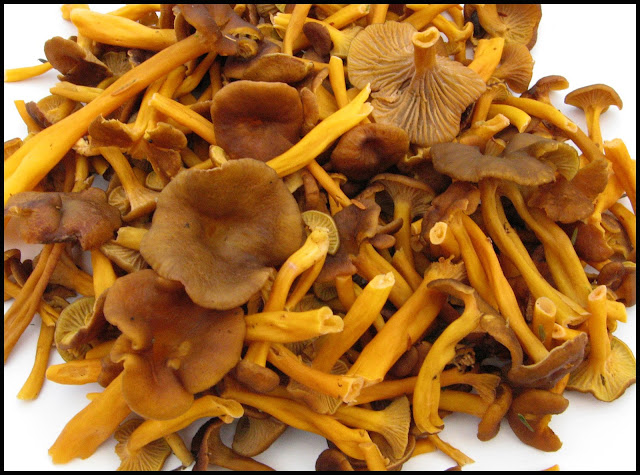Ironically life has been so hectic over the last few months that I have only really just caught up with fully checking out The Hectic Vegan, one of the newest 'kids on the block' in the ever growing vegan magazine market. My delay in investigating was also partly due to the fact that The Hectic Vegan, currently on issue 3, was originally only available on download. Already spending most of my working day in front of a computer, I prefer my reading materials to be of the old traditional paper variety. Yep, I'm an old fashion girl. Our bookshelves are testament to that. So when The Hectic Vegan became available as an actual printed magazine I thought it was about time I took a proper look and purchased one.
Led by editor Rich Underwood, a team of only three are responsible for putting the magazine together. You have to wonder how hectic this small team's lives must be in achieving this, but with numerous contributions from varied writers the content manages to explore all aspects of vegan life; both everyday and niche.
The paper edition I got my hands on was Issue 3. Whether it was because it was a summer edition or not, what I really liked about it was the light, airy feel it had. It actually was very summery! Far from feeling hectic, the colourful full page spreads made it a very uncluttered and easy read.
The Hectic Vegan is available by free download from the website. How wonderful is that?! However, like me, if a printed copy is more your thing, you can also order these from the website at a cost of £3 plus postage. Mine arrived super quick. They are also available from the Dr Hadwen Trust (now called Animal Free Research UK) shop in Hertfordshire, with plans for other stockists to be available soon.
If you get a gander at The Hectic Vegan and like it, I'm sure they would really appreciate your votes in this year's Vegfest UK awards. They've been nominated for Best Vegan Magazine. You will find the magazines on the second from last category on the page (you don't have to vote for every category to enter). Voting closes Sunday 1st October so be quick. We wish them the best of luck.
Although my hectic life seems to prevent me from subscribing regularly to any of the wonderful vegan magazine offerings now available (my piles of as yet unread books would grow even taller), I do like to indulge every now and then. The Hectic Vegan is definitely one offering I will continue to check in with.








